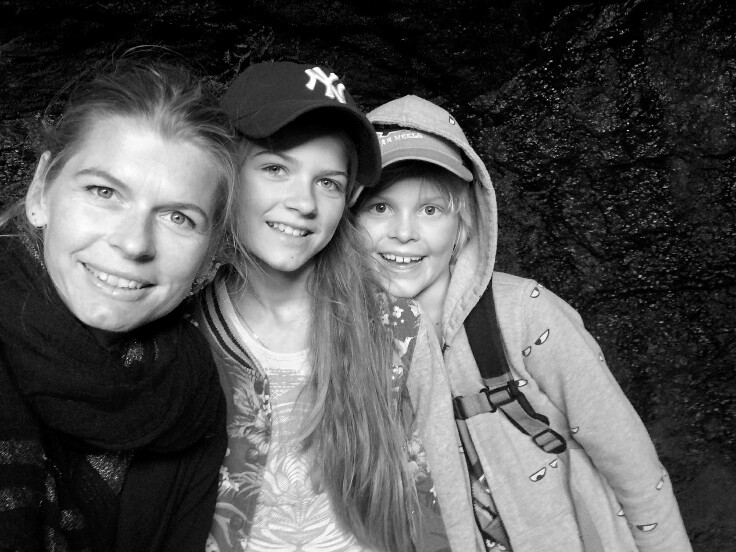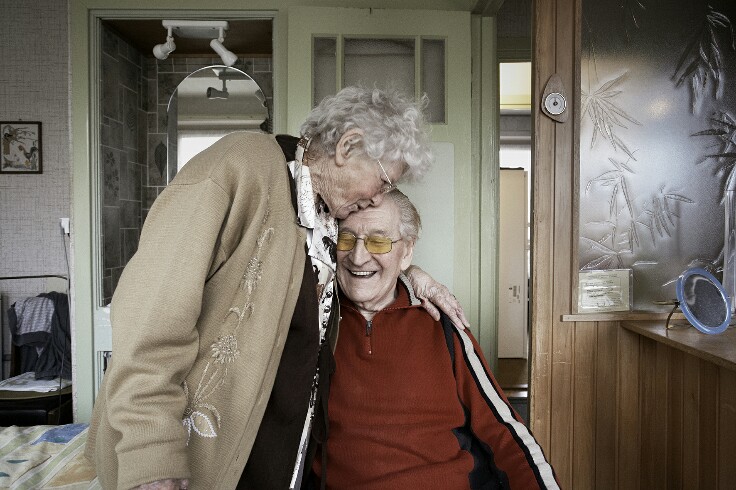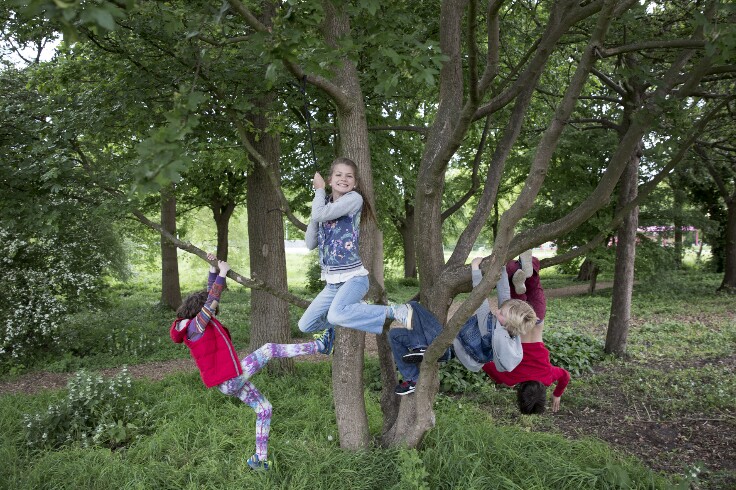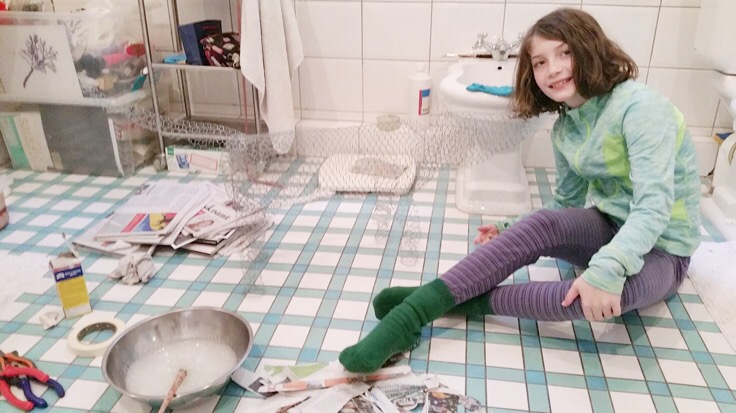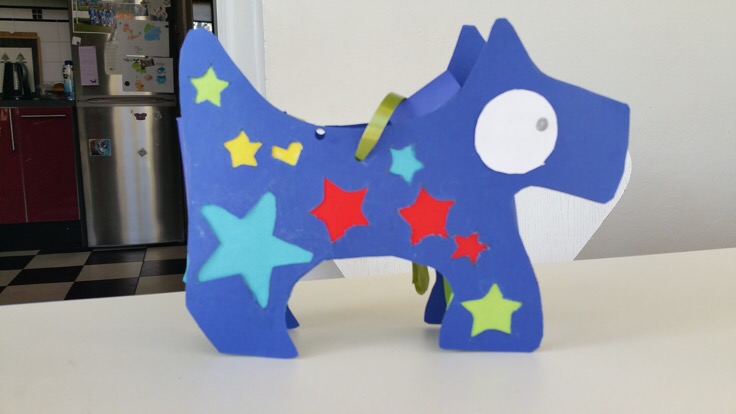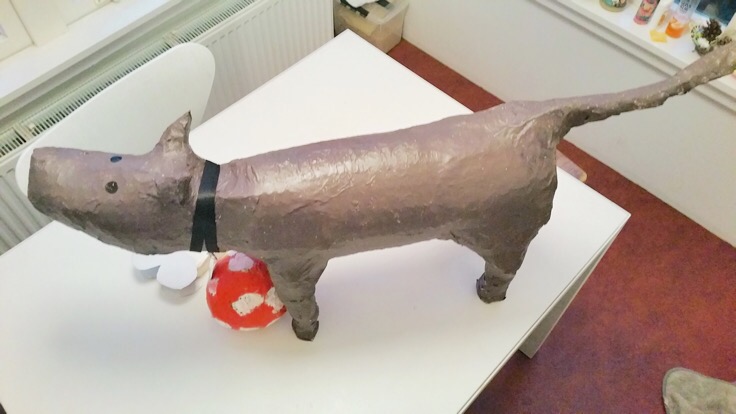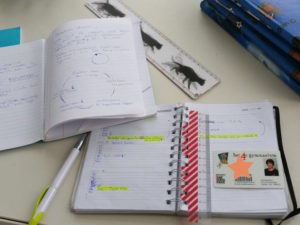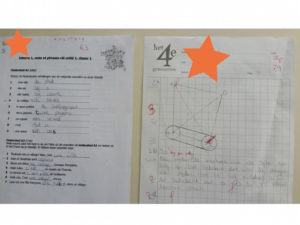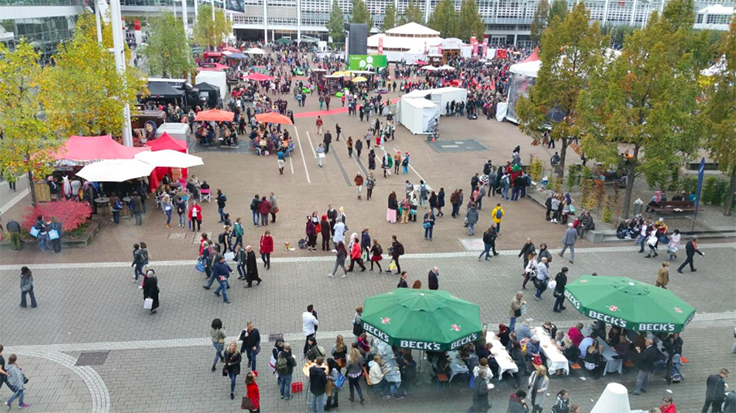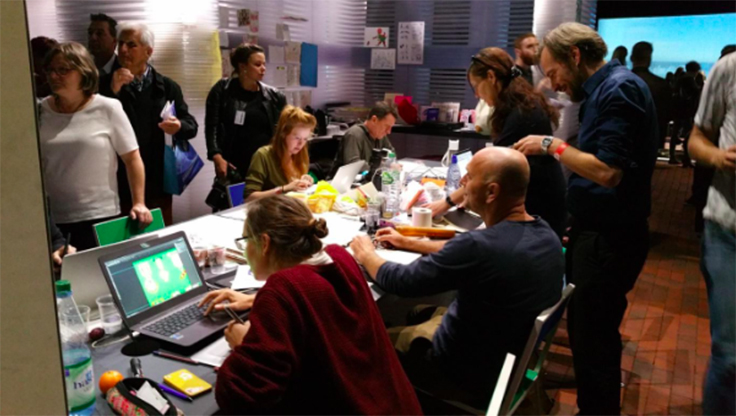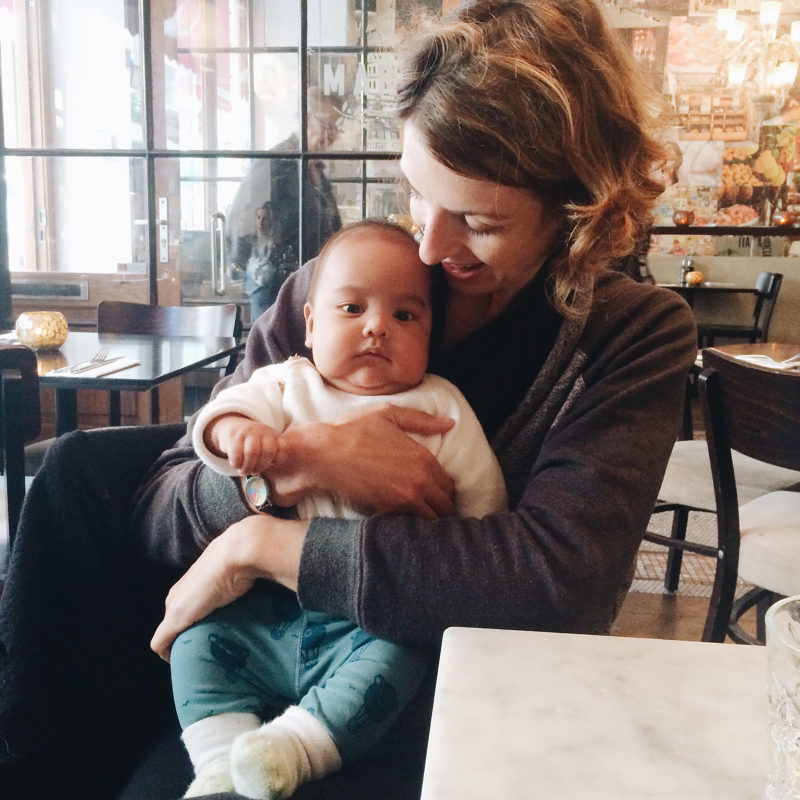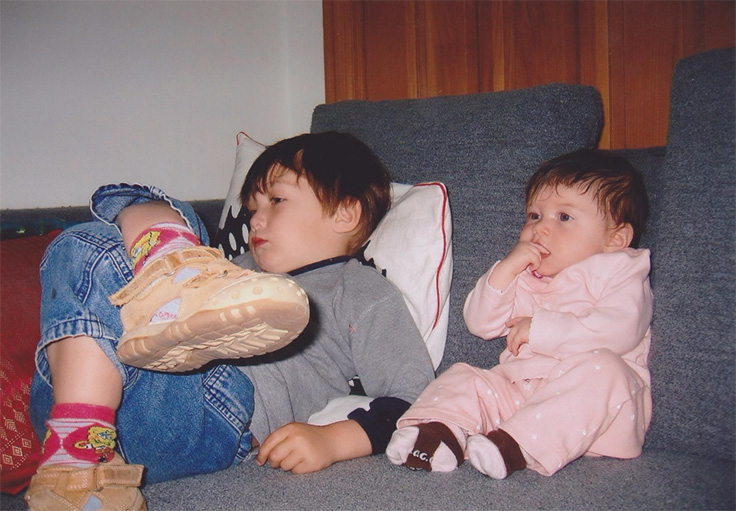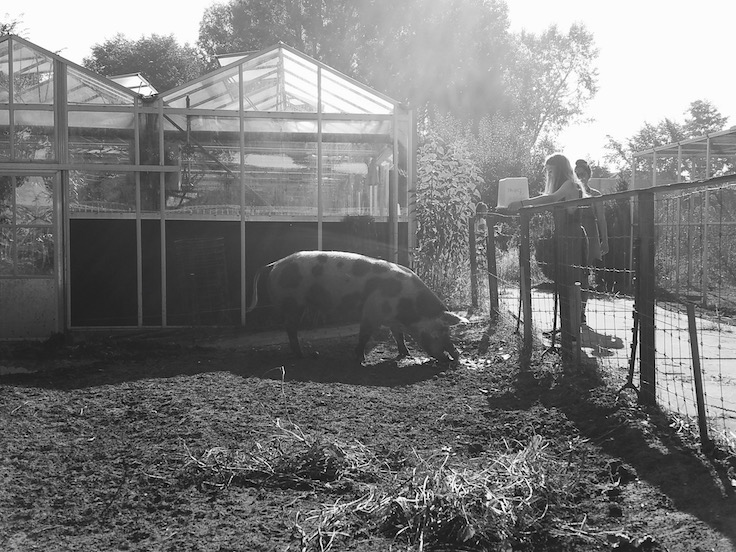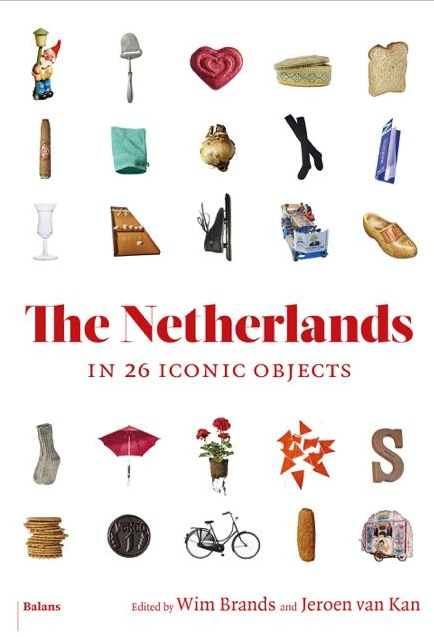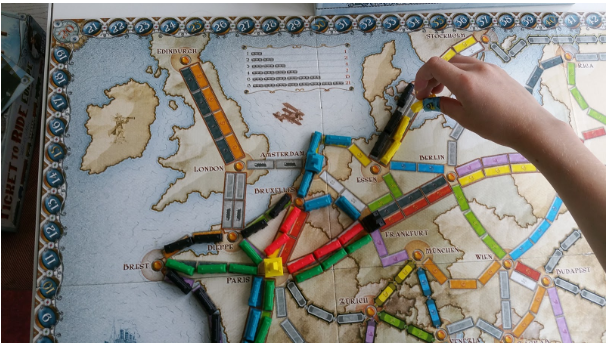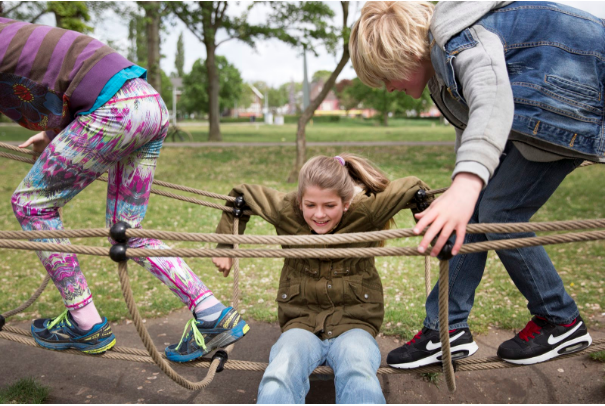Maaike Koning is a Dutch photographer living in Amsterdam with her partner, a photo editor, and their two children, Sam and Sverre, aged twelve and nine. She loves to be outside: biking, gardening and hiking, and enjoys visiting museums and collecting photography books. The entire family travelled through Australia for four months a couple of years ago. She is currently working on several assignments for design and communication agencies and researching a new portrait series.
How long have you been a photographer?
I started studying photographic design at the art college (KABK) in The Hague in 1995 and graduated in 1999. So somewhere in between, I probably ‘became’ a photographer. I got my first job just after I’d graduated. My boyfriend and I took pictures of the kitchen staff for a restaurant guide to London and Amsterdam. We had a great time enjoying all the free food we got in those restaurants.
Was it difficult to find work at first?
Difficult but not impossible. I was really eager to make money out of it… I was lucky enough to get a scholarship (startstipendium) in the year I graduated, so I had time to work on a nice portfolio and buy a good camera. It made things easier. My graduation project was a book about different phases of women’s lives. Making a book was unusual in the pre-digital period. I sold quite a lot of books to design agencies, which meant they did not forget my work and remembered me when they had a suitable assignment. I also joined a photographers’ agency in my first year. But still, the first eight years were off and on, with either having lots of jobs and being incredibly busy, or looking for jobs for months. The last eight years, I have worked for clients who give me enough space for my own style. I also published a book about people and places in Amsterdam Noord. It reflects the identity of this part of Amsterdam, long known as an underprivileged area. Below is a picture from the book. Mr and Mrs De Vries have been married for seventy years, have always lived in Noord and experienced the severe flooding in Oostzaan in 1960 when they witnessed their home-made furniture floating out of the house.
Have you been influenced by any other Dutch photographers?
There are so many fantastic talents, not only in Holland. I did my internship with photographer and director Yani. He inspired me a lot. His playful approach to assignments is enviable. Bertien van Manen is one of my favourite documentary photographers. I love the book she made about Russia: A Hundred Summers, A Hundred Winters.
Ed van de Elsken is pretty unique and great. He is one of the documentary photographers who shows that you don’t need to go far away to make great series. Alec Soth, an American photographer, is one of my favourites these days. I love his style and light and the subjects he chooses.
What do you think makes a good photographer?
Difficult… It can be many things. First I would say it’s quite crucial that a photographer develops a style that makes him or her identifiable and recognizable. (This is also important for clients.) Photographers that know what they are doing and why. The photography I love is where the use of daylight is stunning without claiming the entire picture and where the people or animals or moment intrigue me. Then, there is always one very important thing: how people react to the photographer. It all has to do with ‘taste’ and it’s great if it feels like the perfect expression or moment. This does not necessarily mean the sitter has to think it’s a great picture of him or her, but it usually means the viewer is intrigued by the picture, because of something in the picture.
Dutch photographers, artists and architects are all famous for being good with light? Is the light special here? Or is the lack of light in the winter a reason to seek it out and cherish it?
Some people say the beautiful light has to do with the reflection of the sea in the clouds, which makes the light great in a big part of Holland, and also because of the ‘flatness’. I don’t really know. I do know it can be a real challenge. Winters are dark, you really have to search for the light sometimes, but when there’s a sunny day, the light can be awesome. In summer, there is totally different light, so Dutch photographers are experienced in lots of different types of light.
You lived in Australia for a while, would you rather live somewhere other than Holland?
For a long period, I thought I could live in Australia. I lived there for a year when I was younger. I love the wild nature and the infinite space. But when we travelled there with the kids, it felt too far away from home for the long term and the space and hot climate was too much for a daily life. I also realized it was too late for the kids to move. We love our life in Amsterdam far too much to move away for a long time. It gave me peace of mind to realize this.
The trip was great. We did a lot of wild camping, fishing, hiking, we stayed at an aboriginal farm for a while. The kids learned a lot. They shared some of their adventures with their classmates on a blog.
What’s your experience of raising children here? Does it mirror your own childhood or are you doing things differently?
Holland is great for raising kids. It’s quite safe and you can find anything you want for them. My childhood was a bit more free than what I can give my own kids in Amsterdam and I think I grew up a bit more independent than them. I grew up on the edge of a small village. Our large garden bordered a wood in which I’d go on daily expeditions with my brother or friends. We’d build huts, run around, jump over ditches and hide in an empty house. We all cycled alone to school, in my case from the age of seven.
When our daughter was born, we were living in Amsterdam West in a third-floor apartment. I wanted a house with a garden before she could walk, or at least a few trees and a lawn, so that Sam could go on mini-expeditions like the ones I’d been on, without me always having to be there. We found the right house in Amsterdam Noord. Now that the children are older, their ‘territory’ has expanded to fields, woods, and cycle and walking paths in the area. I think it’s important for them to go on expeditions alone. I want them to make their own decisions and, most importantly, have a lot of fun, without their parents hovering over them. Maybe that’s something typically Dutch, letting your children off the leash. In the end it’s also really handy for parents when their children are independent.
What are the main challenges of raising kids in Holland?
I think the pitfalls can be found in social pressure. For a while, it was a trend to send your children to a crèche for four days a week. I really had to defend myself for choosing not to do that. The children went to a host mother (gastouder) two days a week and for the rest of the time we were either at home or the grandparents helped out. Having less money as a result can also be a choice. Anyway, when your children go to school, there’s more time for work again.
The same goes for all the things your kids do outside school, like music, sports and their swimming diploma. In the Netherlands, parents start with those things very early. I wonder whether it’s really the right thing for every child and I think it’s better to wait until they discover their own interests. I find the school days long enough, certainly for young children.
What you do have in Amsterdam is a lot of choice in terms of education. It’s great that everything is possible, but in total that makes a lot of choices and it can be quite overwhelming. It’s nice if parents are able to choose a path that suits their children, without taking too much notice of what everyone else thinks.
All photos (c) Maaike Koning, 2016

